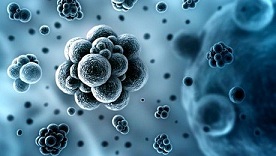 Darwin's fossil treasure trove found UK
Darwin's fossil treasure trove found UK
A BRITISH scientist has stumbled upon a treasure trove of Charles Darwin's work in a gloomy corner a building where it lay undiscovered for more than 150 years. - Dr Howard Falcon-Lang, a paleontologist at Royal Holloway, University of London, said today that glass slides containing important Darwin fossils were in an old wooden cabinet that had been shoved in a "gloomy corner" of the massive, drafty British Geological Survey. Using a flashlight to peer into the drawers and hold up a slide, Falcon-Lang saw one of the first specimens he had picked up was labelled "C. Darwin Esq". "It took me a while just to convince myself that it was Darwin's signature on the slide," the paleontologist said, adding he soon realised it was a "quite important and overlooked" specimen. He described the feeling of seeing that famous signature as "a heart in your mouth situation," saying he was wondering "Goodness, what have I discovered". Falcon-Lang's find was a collection of 314 slides of specimens collected by Darwin and other members of his inner circle, including John Hooker - a botanist and dear friend of Darwin - and the Rev John Henslow, Darwin's mentor at Cambridge, whose daughter later married Hooker.














